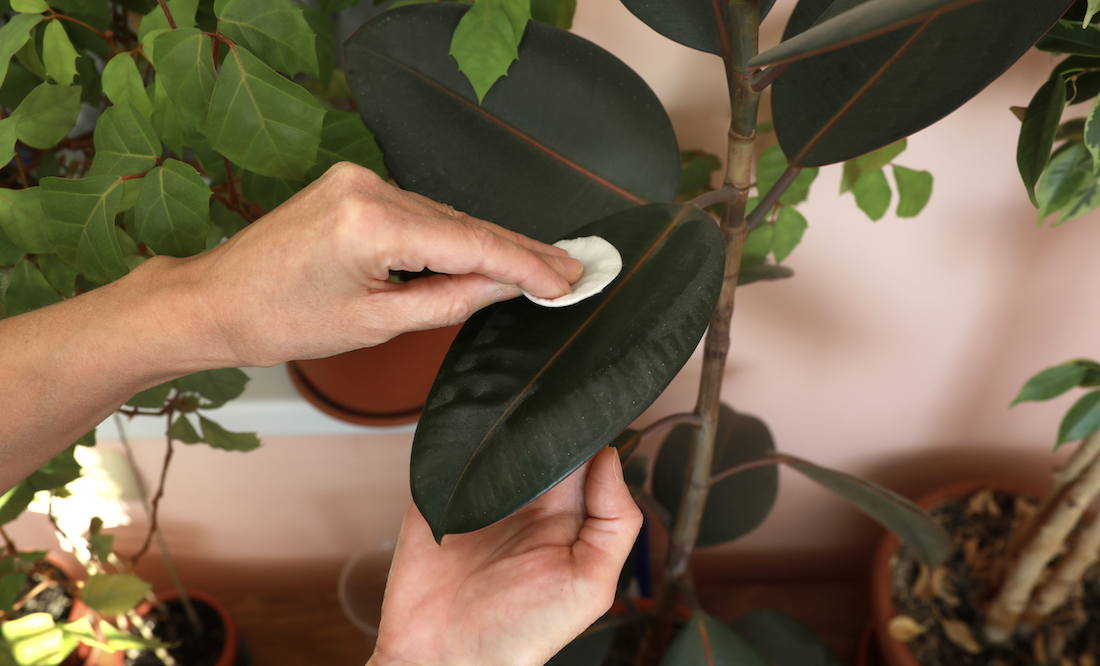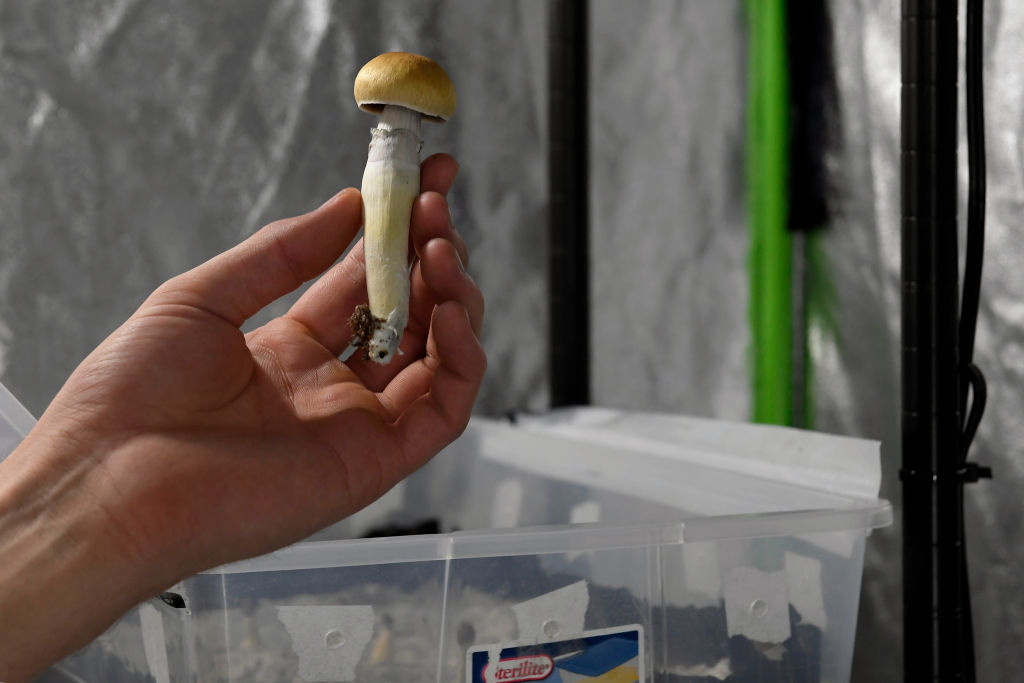What plants can teach us about human suffering

- One reason medicine doesn't offer better chronic pain treatments could be that it often fails to understand the differences between nociception, pain, and suffering.
- Nociceptive pain occurs when potentially injurious stimuli activates nerve cells called nociceptors. This is different from neuropathic pain, which can occur even in the absence of injurious stimuli, such as people who have phantom limb pain long after their arms or legs have been amputated.
- Although plants don't have nociceptive sensory cells, they do have receptors and ion channels that might perform a similar function.
Dr. Haider J. Warraich is a physician at VA Boston Healthcare System and Brigham and Women’s Hospital in Boston and an assistant professor at Harvard Medical School. This essay is excerpted from The Song of Our Scars: The Untold Story of Pain. Copyright © 2022. Available from Basic Books, an imprint of Hachette Book Group, Inc.
Anyone in agony believes that what they feel is distinctly their own, incommunicable and inscrutable. Yet the ability to feel discomfort is shared across the spectrum of life. And the study of other living beings doesn’t just provide insights into what they experience – it shines a light on what we have in common with the other beings that call earth home. Even plants. Yet an over-reliance on basic science research may cause us to miss the mark in providing a window into how human beings hurt.
The chief need of any organism is to process information from its environment. The means by which we detect and synthesize this information—sight, taste, smell—are called sensations. Touch allows us not only to find our place in the world we inhabit but to regulate the world within ourselves. Biting into an apple, feeling it fill our stomach, and then knowing when it stretches our rectum and we have to go to the restroom are all processes mediated by the ability of our cells to detect pressure and tension.
Even plants are exquisitely sensitive to touch. While certain exotic florae, such as the Venus flytrap, might be more obviously responsive to it, almost every plant has the ability to detect mechanical contact. One experiment found that plants reacted significantly to scientists merely stroking them from base to tip just once a week. Some plant species bloomed better than before and were free of pests, while others were ravaged to extinction. Another experiment on the thale cress—a small but resilient flowering plant that often grows on roadsides, up walls, and between rocks—showed that just thirty minutes of touching can change 10 percent of the plant’s genome and launch a cascade of plant hormones. This might be a form of self-defense: it would allow plants to respond if insects landed on them or if other plants were growing too close to them and intruding on their share of sunlight.
The obvious next question is whether plants that detect and react to touch can also experience what that touch feels like. What does a rose feel when you pluck its petals? What does a blade of grass perceive when it is chomped by a grazing cow?
Plants are much more responsive to their environments than most of us would imagine. An insect crossing the threshold of a Venus flytrap will cause it to snap its floral jaws shut. But when anesthetic agents that put humans to sleep, such as ether, are applied to the mouth of a Venus flytrap, an insect can walk across it without eliciting any reaction. Some plants feel pressure using the same mechanically activated channels that are also present in humans. And when plants are stressed, they release the gaseous hormone ethylene, which, among other things, was used as an early-twentieth-century anesthetic agent. So when plants feel pressure, they respond in adaptive ways to protect themselves in the moment as well as in the long term. Roots respond to the soil as they grow, while winds cause stems to grow thicker and stronger.
For more complex organisms, touch spans a spectrum: a warm embrace can easily turn into a bearhug. What makes a caress of the cheek different from a smack, turning touch into nociception – the noxious sensation that often leads us to feel pain – is more than the intensity of the stimulus. Our unique sensitivity to touch, our ability to imbue it with meaning, is what makes us human, and what turns nociception into what we call pain.
Pain hurts because it is trying to teach us an important lesson—the biting sting of the Boston winds reminds me to bundle up in the winter to prevent my fingers from falling off. And because the longer an organism lives, the longer it has to hold on to its most distressing memories, the deeper the imprint of pain has to be in living things with long lifespans. As a child I remember sticking a pen in a power outlet and being enveloped in the momentary spine-tingling grip of electricity.
Therefore, while nociception is an unconscious sensation triggered by potentially injurious forces that even plants can feel, pain is an unpleasant experience that the conscious animal mind creates to help react to its environment, learn from its mistakes, alter its future behavior, and communicate with its friends and foes. Yet even the study of animals can only teach us so much about what ails human beings. Philosopher Julian Jaynes called animal research “bad poetry disguised as science.” And if we only study that poetry, we might overlook the most dreadful dimension of pain, one that only we humans appear to fully bear. That dimension is suffering, defined by the recently deceased physician Eric Cassel as “a state of severe distress associated with events that threaten the intactness of the person.”
The spheres of nociception, pain, and suffering both overlap and diverge. You can have pain without nociception, as is the case with patients who have phantom limb pain long after their arms or legs have been amputated. You can have nociception without pain, such as what a person in a coma might feel or a soldier might experience while running for their life unaware of the bullet lodged in their leg. You can even have pain without suffering, as evidenced by people who have a predilection for spicy food or sadomasochism. And, of course, we have plenty of capacity to suffer without any physical trauma ever inflicted.
The last few decades have seen pain increasingly conflated with nociception in part because of our over reliance on using basic science to inform the human condition. This narrow view of pain has impaired doctors’ and nurses’ ability to separate nociception, pain, and suffering, doing a disservice to those who come to us for help. Pain provides meaning to nociception, a meaning informed by our lives, our environments, and our cohabitants, with suffering the interpretation of pain. But by treating pain as essentially nociception, we have robbed people of what their pain means and the suffering that it manifests in its wake. Medicine’s failure to effectively define nociception, pain, and suffering as overlapping but distinct entities that all combine to afflict the anguished is the reason most clinical interventions for pain that use painkillers or procedures and focus just on its most basic aspect fail: because they do little to address the multidimensional aspects of what it means to hurt. To break the wheels of woe so many patients find themselves trapped under, in addition to mastering the actual biology of how our cells hurt, we need to learn more about how the human brain turns nociception into pain and pain into suffering.





